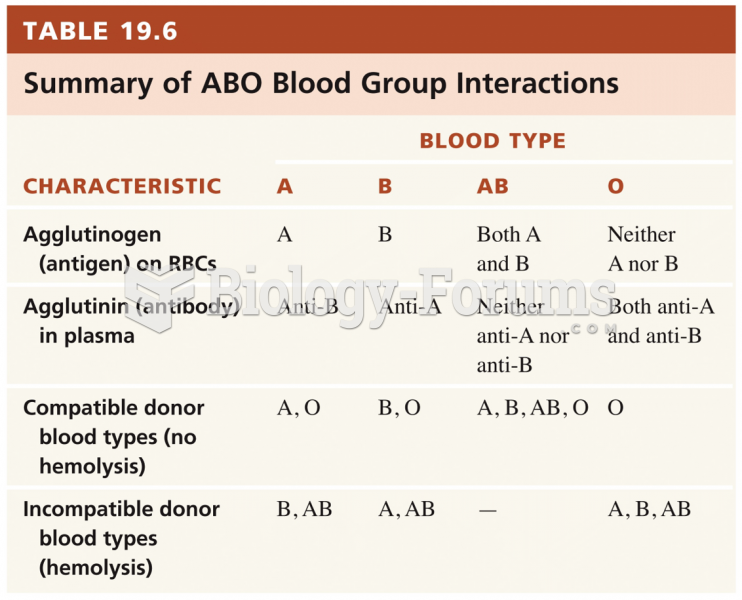Answer to Question 1
ANSWER: By including opportunities for children to cook, you offer additional times for them to practice math (comparing sizes, shapes, and measurements, one-to-one correspondence, fractions, and temperature), science (vegetables that are stems or roots, fruit that grows on trees, what happens to sugar on hot cereal), reading and writing (making lists and using recipes and rebus charts), social studies (learning more about their world, and community resources), following directions, putting things in sequence, and learning to communicate and cooperate with each other.
Answer to Question 2
ANSWER:
Elements of successful environments and samples of how they look in the environment are as follows:
Give children ways to identify their own spacelabel their cubbies with name, photo.
Give children an opportunity to make choicesgive them many materials and interest centers from which to choose.
See that children are responsible for caring for the equipment and materialsestablish a cleanup time in the daily schedule and allow children to help restore the room and yard.
Involve children in the process of planning and setting up the environmentlet them help decide what they want to learn by developing areas and units around what they bring to class.
Provide children with enough time to learn through regular routines, such as eating, dressing, and toileting.
Allow children to solve their own problems without adult intervention whenever possibleobserve a child struggling with material before stepping in.
Accept childrens effortsbe ready to allow children to dress themselves, however imperfectly, without criticism.
Communicate expectationstell them both in verbal and nonverbal ways what you want to see happen, such as It's cleanup time. You have plenty of time and don't have to hurry.
Be sure staff expectations are consistentthe team should set common goals and reinforce them.
Consider the developmental level of the childknow what is typical and normal for the age of the group you are working with.
Make it safe to make a mistakewhen someone spills juice, for example, help the child find a sponge and wipe it up without teacher disapproval or anxiety.
Give credit where credit is duecompliment a child when a task is complete or an effort is noticed.
Be sure children have access to enough toys and materialsmake sure supplies are stored in such a way that adults do not have to hand them to children every time they will be used.
Let children teach one anotherencourage and actively seek out each childs way of doing things, and have them show another how to do something.







